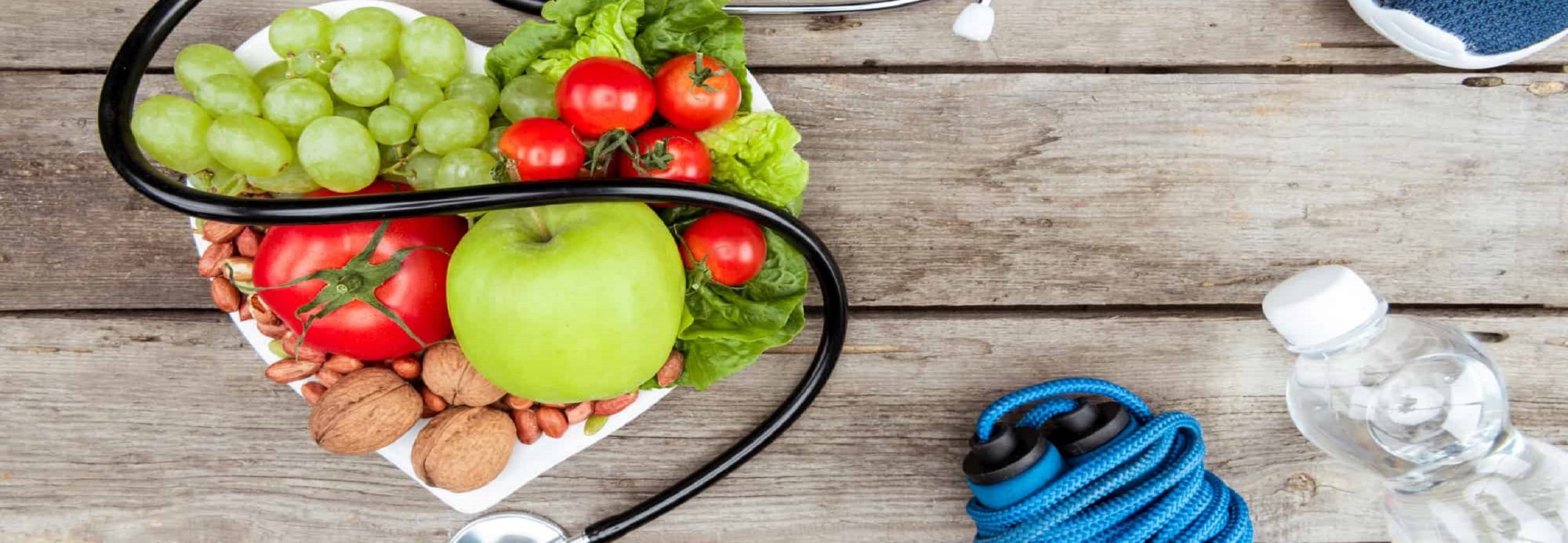What are carbs?
Carbohydrates are starches, sugars, and fiber. Carbohydrates are in almost everything you eat, for example, bread, potatoes, rice, macaroni, peas, beans, milk, fruit, candy, cookies, and chips. Your body turns carbohydrates into blood sugar. So you need them to live, but you can choose how many carbohydrates you eat, and what kind.
The function of carbohydrates
Your intestines turn carbohydrates in the form of starches and sugars into glucose. This enters the blood as blood sugar, which is the fuel for your body. But if you have diabetes, too much blood sugar stays in the blood. The blood sugar level is then too high. Fiber doesn’t use the body for fuel, but it stimulates good bacteria in the intestines and makes for good bowel movements.
How many carbohydrates should you consume in a day?
How much carbohydrate should you eat and at what times of the day? This varies from person to person and depends on your weight, daily activities, medication and blood sugar. Ask a dietician or your diabetes nurse for advice on this.
What are Fast and Slow Carbohydrates
Some carbohydrates are converted to blood sugar faster than others. So there are “fast” and “slow” carbohydrates. The slower your blood sugar rises, the better. Because if your blood sugar rises quickly and then drops quickly again, you get a lot of spikes in your sugar levels and that’s not good. The spikes can cause damage to your blood vessels. Also, a strong fluctuation is not conducive to your mood and concentration, among other things. Slow carbohydrates are therefore healthy carbohydrates.
For example, an egg cake contains as many carbohydrates as a whole grain sandwich. But an egg cake mainly contains fast sugars. This gives you a higher and faster peak in your blood sugar and that is not healthy. Preferably choose food with slow carbohydrates, and not too large portions.
Slow (healthy) carbohydrates
Products with slow carbohydrates generally contain more fiber. Fiber not only reduces blood sugar spikes, but it also gives you a feeling of satiety sooner and longer. This makes you less likely to snack between meals. Here are some examples of products with slow carbohydrates:
- Brown rice
- Wholemeal pasta
- Wholemeal bread
- Wholemeal cereal
- Whole wheat couscous
- Bulgur, oats, quinoa
- Vegetables
- Fruit
- Legumes such as beans, peas and lentils
- Milk
- Yogurt
- Fast (unhealthy) carbohydrates:
- Sugar
- Sweet spreads
- Soft drinks
- Yoghurt drinks with sugar
- Candy
- Cake and pastry
- Ice cream
- Fruit juices and fruit smoothies
- Honey
- Potatoes
Anything with white flour: white bread, white pasta and white rice
Carbohydrates From Potatoes
The carbohydrates in potatoes are broken down into quick sugars. Therefore, eat a smaller portion of potatoes, but use more vegetables, this will make your blood sugar rise less quickly.
Glycemic index
Some people like to take into account the so-called glycemic index (GI) of food. This is a measure of how quickly a food makes blood sugar rise. A low GI means that blood sugar rises slowly, and also falls slowly again. So this is better than a high GI, which represents a rapid rise followed by a rapid fall.
If you take the glycemic index into account, you keep more control over your blood sugar. In addition, food with a low GI reduces the risk of cardiovascular disease in people with diabetes. Keep in mind that the GI is an estimate, there are many (personal) factors that influence the height of the GI.
On top of that, other nutrients found in the same meal also have an impact. Fats and proteins, for example, provide a lower GI. So that makes it tricky and therefore not everyone finds it useful to work with these numbers. But it does make a difference if you use as many foods with a low GI as possible. For example, eat whole wheat bread instead of lighter bread. Read more about the glycemic index.
Also important: glycemic load
Yet the blood sugar spike after a meal depends even more on how many carbohydrates you eat than what kind. That’s why another term is used in addition to the GI: the glycemic load (GL). This is a measure of the total carbohydrate “load” of a meal. Because just the GI of a food doesn’t say much if you don’t take portion size into account.
For example: watermelon has a low GI per 100 grams, because melon contains a lot of water. But if you eat a whole melon, the total amount of carbohydrates can go up a lot: the GI will be high and that will cause a big increase in your blood sugar.
All in all, pretty complicated. But if you try to avoid the fast carbohydrates as much as possible and don’t make the portions too big, you’ve come a long way.
Source: https://sites.google.com/view/mebely-diabetes-management/diabetes/carbohydrates
